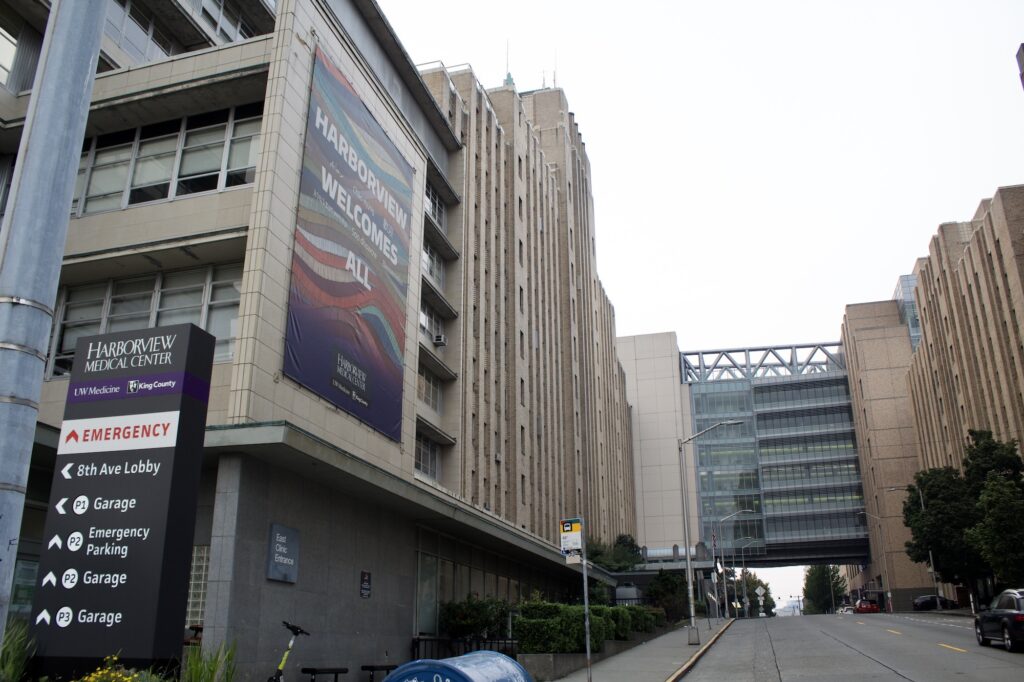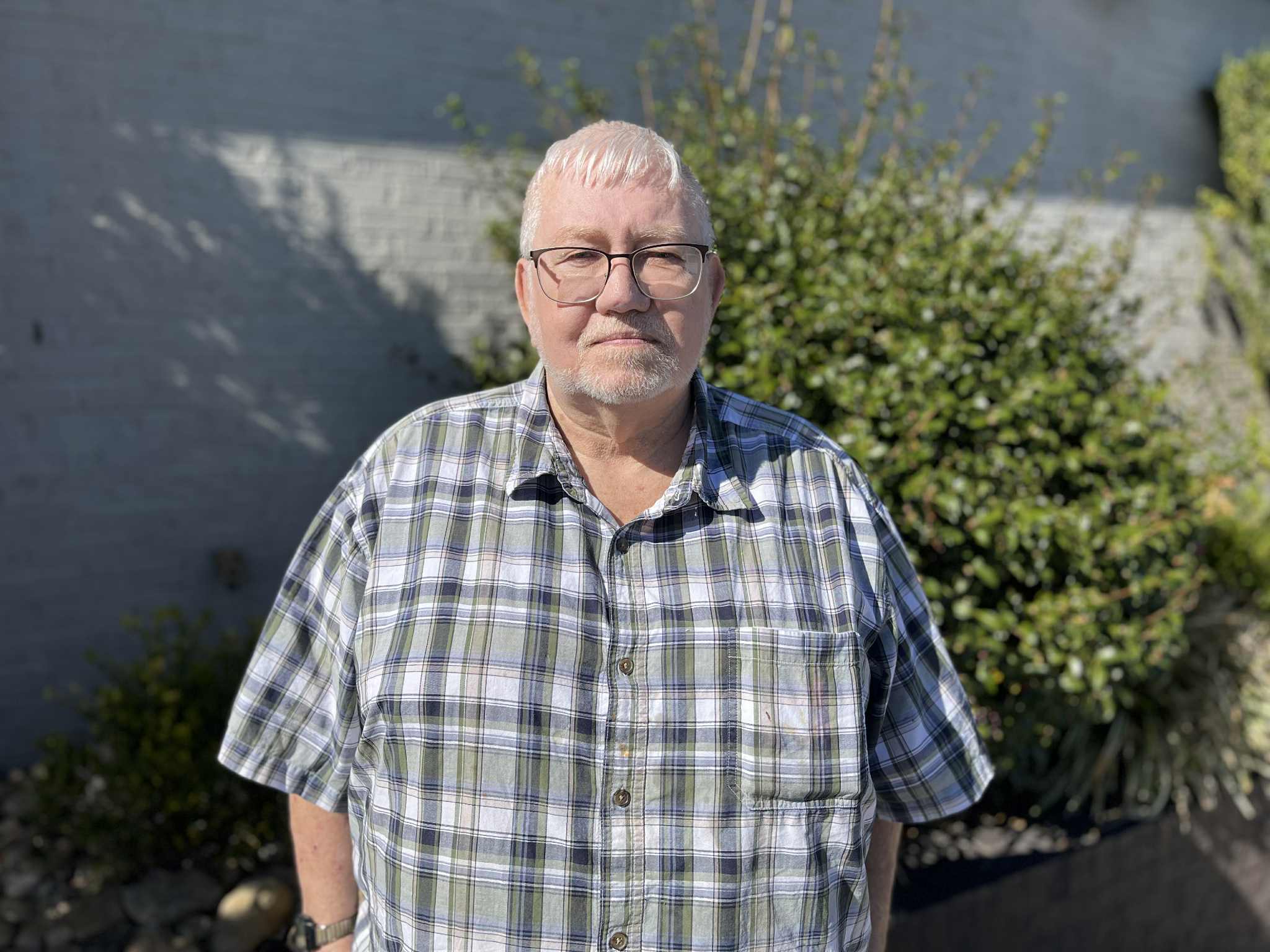(SEATTLE) — Harborview Medical Center has been the designated treatment center for King County’s indigent since it was established in the late 1800s. The hospital became the main teaching facility for UW Medicine in 1967, and in 1993 it was designated as the only level I trauma center to serve Washington, Alaska, Idaho, and Montana.
As the capacity to care for patients expanded and multiple renovations throughout the 90s kept the facilities in operating condition, the hospital’s annual admissions and total revenue maintained a steady rise for decades.
From 1990 to 2000, annual admissions rose from 11,000 to almost 16,000, according to Harborview hospital utilization records. Subsequently, Harborview’s total patient revenue had been increasing year to year, and by 2000 the hospital brought in $544 million.
By 2011, that number would nearly triple to $1.5 billion in total patient revenue. Annual patient admissions had also increased by 25%, reaching what is still a record high for the hospital of 20,000 admissions. Annual patient days had also been hovering around 136,000 for four years.
In 2013, Harborview hit another record high by spending $219 million on charity care. This is “necessary hospital health care for indigent persons,” according to the Washington State Department of Health, and of all Washington hospitals that receive charity care funding, Harborview spends the most.
Following these peak years, a shift happened, beginning a decline in Harborview’s annual admissions and charity care spending that continues today.
In 2021, annual patient admissions were at the lowest they’ve been since 1999 at just over 15,000. The same year, despite the drop in patients being admitted to the hospital, patient days reached a record high of over 151,000.
“You have two things going on at once,” UW Medicine media relations director Susan Gregg said. “As the only level I trauma center in four states, Harborview staff have to prioritize the most severe conditions.”
Since a large portion of the patient population is those who need intensive or long-care treatment, she explained, beds are staying occupied for longer.
On top of that, there’s a backup happening in the discharge to post-care facility pipeline, causing hospital stays to extend far beyond necessary.
“Harborview has very complex patients that not all post-care facilities are equipped to handle,” Gregg said. “We have over 100 patients that don’t need to be hospitalized, but we’re unable to discharge them because facilities might not have available beds.”
On August 11, Harborview officials announced that admitted patients had reached 562 — the highest it’s ever been for the 413-bed facility, according to Gregg — and they must stop admitting less acute conditions.
So, although admissions are at an all-time low, the extended hospital stays contribute to Harborview’s increasing total patient revenue.
Also at an all-time low, Harborview’s charity care spending has dropped by 60% since its peak in 2013 to $88 million in 2021. This is due in part to decreasing admissions, but also to expansions in insurance options, specifically Obamacare.
“There was a period of time when hospitals in Washington pushed people to buy Obamacare,” UW Medicine medical affairs senior director Tina Mankowski said. “That put a wall up on charity care.”
Harborview also employs financial counselors to assess if a patient qualifies for insurance since, according to Mankowski, many are unaware they do. “This person who would come in and need charity care last week now has insurance,” Mankowski said. “That helped a lot of hospitals, especially Harborview.”
Even with the significant decrease, Harborview still spends the most on charity care of all Washington hospitals, accounting for 10 percent of the total statewide charity care charges, according to 2022 first quarter records.
Continually rising annual patient days due to a shortage of beds at post-care facilities, coupled with less charity care spending, has kept Harborview’s bottom line on a steady rise year after year, reaching a record high in 2021 of over $2.8 billion.


